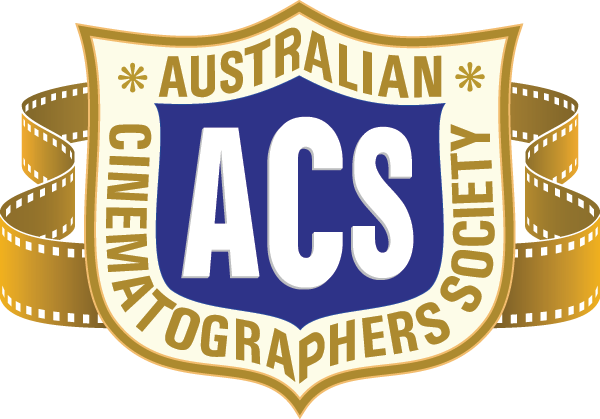Inducted into ACS Hall of Fame – 2001
John McLean started in the film industry at Kinelab in 1954 when 15 years old. Kinelab was housed in the old Adams Hotel in George St. where the Hilton Hotel is now. John’s job was mainly in the lab, mastering the art of manual dye fades and negative fades (with Cyanide!) and in the Optical Sound Track departments where he spent many hours in the dark producing the tracks for 35mm and 16mm copies of the John Heyer classic “Back of Beyond”
In 1956 and seeking a future outside of darkrooms, John harassed the well known cinematographer Ross Wood at Pagewood Studios, writing to him every day for months. John says, that to preserve his sanity Ross finally relented and gave him a job in the camera department. Pagewood was just completing both a feature version and a TV series version of ‘Long John Silver’ starring Robert Newton. Pagewood then embarked on a series of features ‘Robbery Under Arms’ (Peter Finch version), ‘The Shiralee’ again with Peter Finch, ‘Summer of the 17th Doll’, ‘Siege of Pinchgut’, ‘Smiley Gets a Gun’. John had proven his worth to Ross Wood and got to work on them all, albeit as Clapper Boy and later as Focus Puller.
In 1965 John was given the opportunity to shoot his first feature film as DOP, ‘Demonstrator’ with director Warwick Freeman. His cinematography of this film won him a Golden Tripod at the inaugural ACS 1971 Golden Tripod Awards for his skilful and imaginative use of camera, and lighting.
In 1973 John won his second ACS Golden Tripod, plus the Milli Award and named Cinematographer of the Year for his cinematography of the US TV feature ‘The Hands of Cormac Joyce’. During his impressive career John was DOP of 14 feature films, including the film that launched Peter Weir’s international career ‘The Cars That Ate Paris’.
John then became a partner in the very successful production company Segway Productions with Robert Walker (editor) and Peter Hopwood (cinematographer), producing high quality television commercials and documentaries.
John says:
‘I count myself to be a very fortunate person, and feel privileged to have been part of the Australian film industry as a Cinematographer. “Demonstrator” opened up many opportunities for me and from that time onward through the 70s and 80s I was able to shoot quite a few Features and Mini Series here in Australia and overseas and have the support of some brilliant young Camera Operators and Focus Pullers. You don’t achieve it on your own!’


